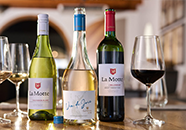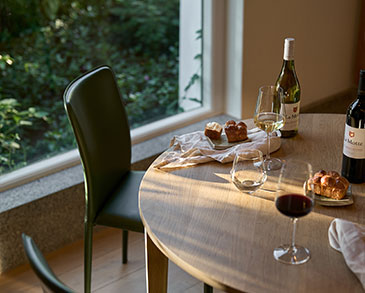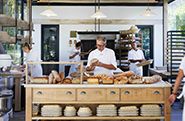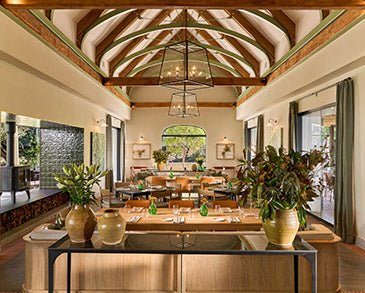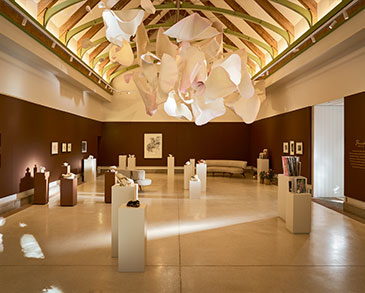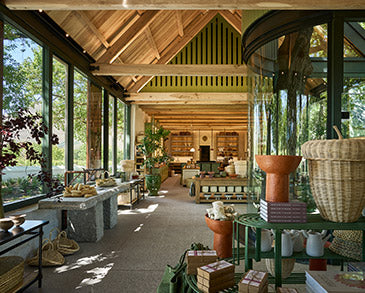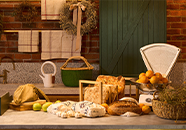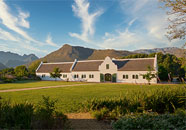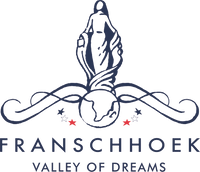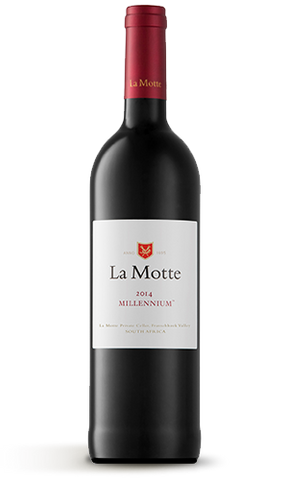
Grapes for the wine originate from vineyards in the Walker Bay, Villiersdorp, Franschhoek and Stellenbosch areas.
As was the case during the previous year, the growing season was preceded by a good winter that ensured even budding. Ample ground-water and cool soils delayed budding, and harvesting started later.Temperatures rose, with regular rain that promoted growth and caused favourable conditions for disease. Good leaf management was required. Heavy rain was also received during January. The harvest will be remembered for its magnitude in the Boland. In general, ripeness occurred at lower sugars. The alcohol level for the season will, therefore, be lower.
Each vineyard grows in its own macro climate in a wide variety of soil types. Several clones are represented. All the vineyards are trellised according to the Perold system and managed to maintain a perfect balance between leaf coverage and yield. Thanks to the different terroirs, each region produces its own distinctive grapes, so grapes from each region make a unique contribution to flavour and structure.
Grapes for the wine consist of Merlot (56%), Cabernet Franc (24%), Malbec (10%) and Petit Verdot (10%). Before and after de-stalking, all the grapes were hand-sorted. The de-stalked berries were inoculated with yeast immediately. Fermentation was at between 25 and 30 degrees Celsius while the wine was pumped over. After fermentation the wine was left on the lees for a further 20 days in order to enhance extraction and body. Malolactic fermentation was partly in barrels.
The nose of this wine tells the story of how it was made. Raspberry (Merlot), a slight herbaciousnous (Cabernet Franc) and English toffee (oak) combine in a harmonious way. Malbec and Petit Verdot provide colour and spice. The palate is juicy and rich and leaves a lingering dry, fresh finish.
Alcohol 13,9vol
Residual sugar 2.8 g/l
Total acid 6,0 g/l
pH 3,53

